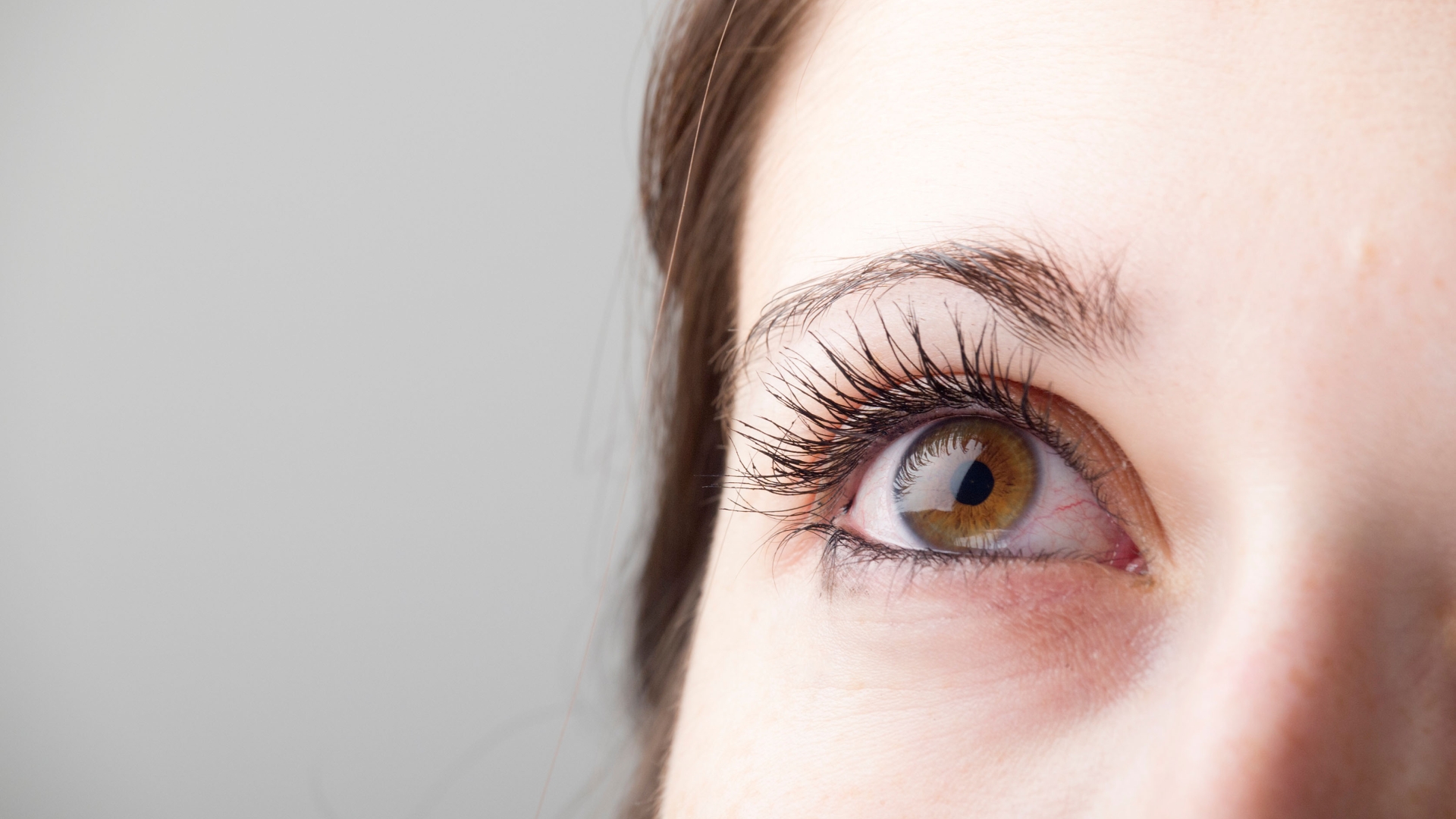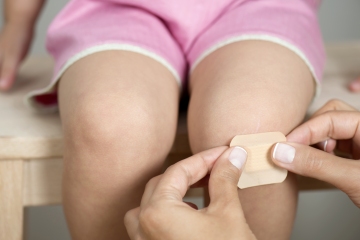
AN vision expert has revealed the connection between common eye conditions and lifestyle choices or health issues.
Oculoplastic surgeon Dr Elizabeth Hawkes helps her patients prevent having eye issues – but finds a treatment plan if it’s too late.
1
What causes dark circles – and how can they be treated?Credit: Alamy
The ophthalmologist is trained to diagnoses, treat and help with management and prevention of diseases of the eyes.
She told MailOnline: “It’s wrong to assume that visiting an eye specialist is something that you only do when you’ve got something wrong with your eyes, because maintaining regular check-ups is vital.
“Your eyes reveal a great deal about your overall health and through a thorough examination problems can be identified early in order to get treatment quickly.”
Problems such as crow’s feet, dry or watery eyes, dark circles, puffy eyes, red, burning or sticky eyes can be caused from genetics, dehydration or allergies – here she reveals the signs to look out for.


CROW’S FEET
Wrinkles which appear to side of the eye are often referred to as crow’s feet for their likeness to a bird’s claw.
Dr Hawkes says the eyes are the first place on the face to give away signs of getting older.
As this area is thinner, it’s most susceptible to lines and wrinkles through actions such as laughing, frowning or squinting.
The best way to treat is to protect the area around the eyelids with a high factor SPF and sunglasses in summer.
DARK CIRCLES
A relatively common condition is for people to have dark circles under their eyes – but these can be caused for many reasons.
Genetics, poor circulation, allergies, dehydration, ageing and smoking can all trigger the appearance of dark colouration under the eyes.
While some topical creams can be useful to treat allergic reactions and dehydration, they won’t restore volume.
Dr Hawkes said: “The treatments vary depending on the cause, and include; topical prescription creams, a chemical peel, dermal filler to restore volume or surgical lower eyelid blepharoplasty may be required as an option for dark circles.”
PUFFY EYES
Though the most recognisable and familiar is a lack of sleep, eye bags can result from a wide variety of different causes.
Bags under the eyes are commonly associated with a lack of sleep, and appear as mild swelling or puffiness under the eyes, primarily as a result of fluid accumulation.
They are predominantly a cosmetic concern and rarely ever are a sign of a serious medical condition.
Dr Hawkes said using ice-cold tools can be a good way to shock the skin and get more blood flowing in that area.
She said: “More blood essentially means more oxygen and a richer nutrient delivery which in turn helps to flush away toxins that have built up and reduce water retention.
“Used correctly, they can minimise inflammation and puffiness – especially in the morning – help lymphatic drainage and sinus pressure as well as offering benefits for the skin too by reducing redness and kick starting the circulation to provide a radiant glow to the skin.”
The NHS recommends that most people should get their eyes tested every two years, but shocking research from Specsavers states that 40 per cent of Brits have delayed getting an eye test even when they felt they needed one.
Around 38 per cent of people also said they have never considered that they could suffer from significant sight loss.
You might have to get your eyes tested more often if you have diabetes, are aged 40 and over and have a history of glaucoma and are aged 70 or over.
